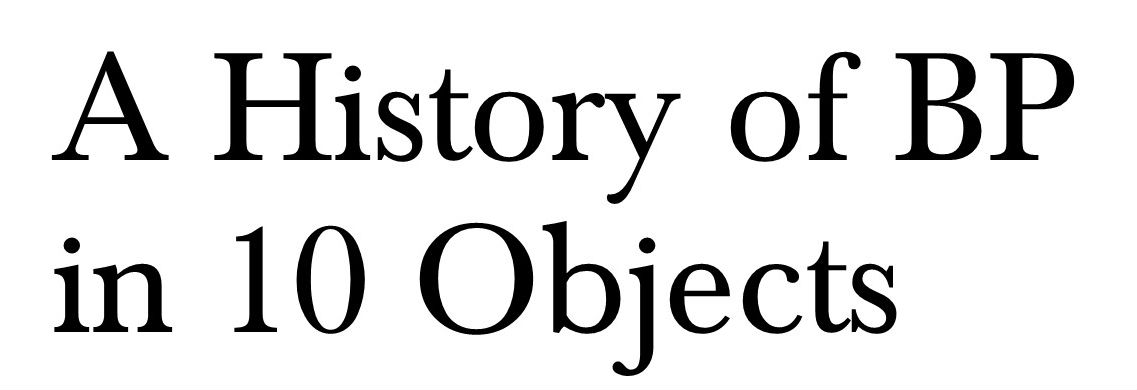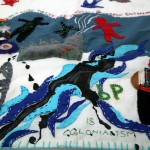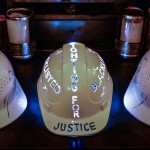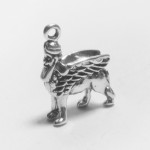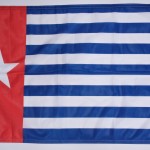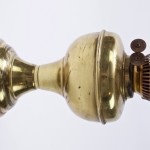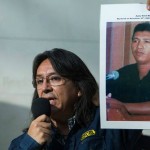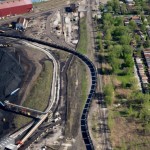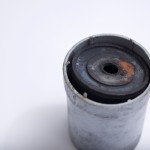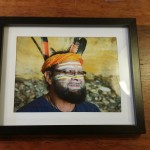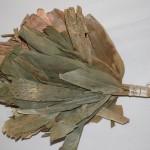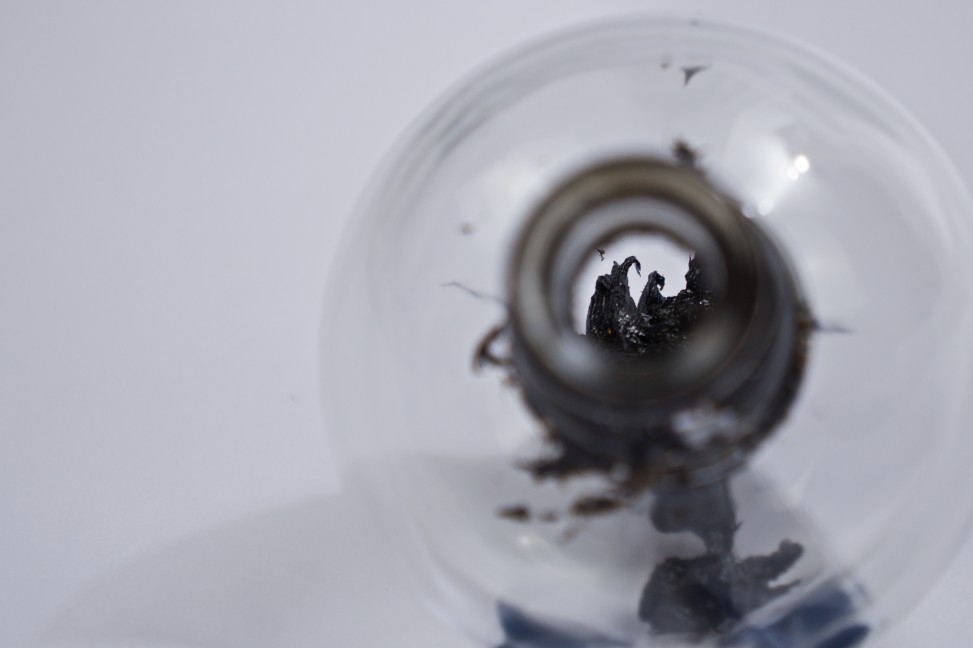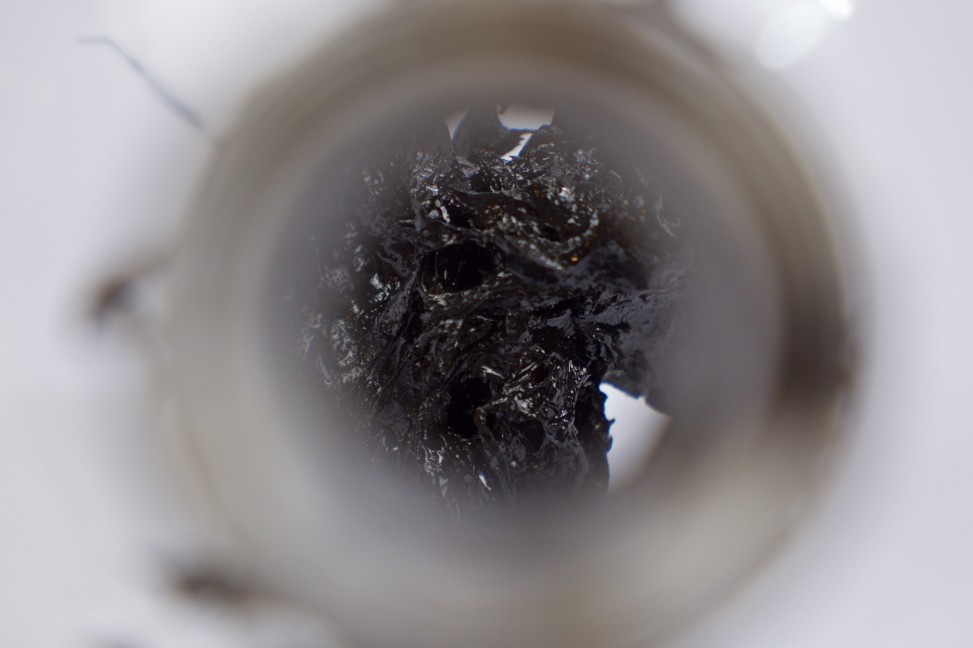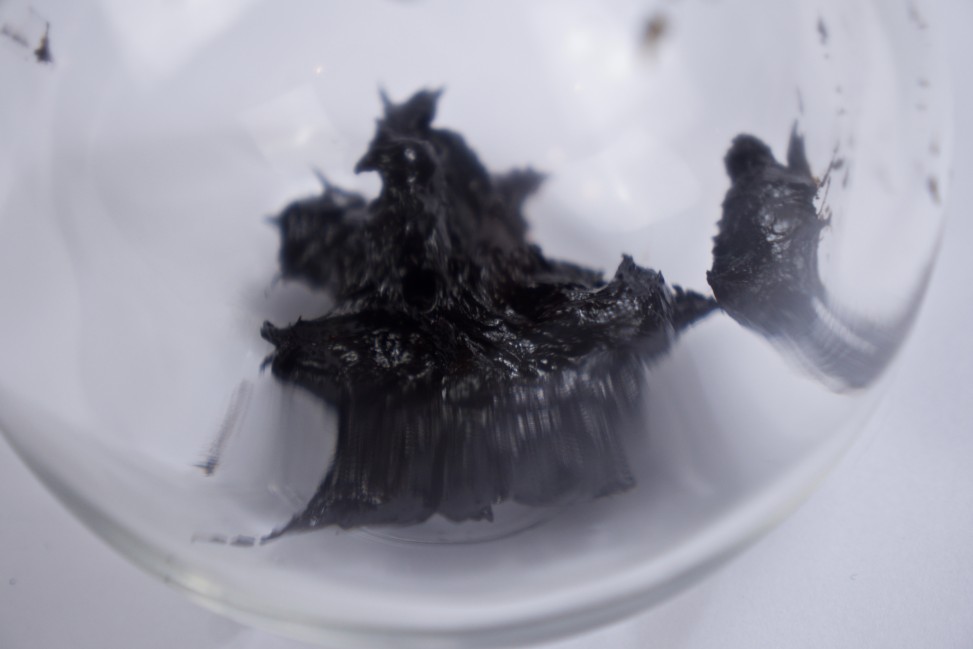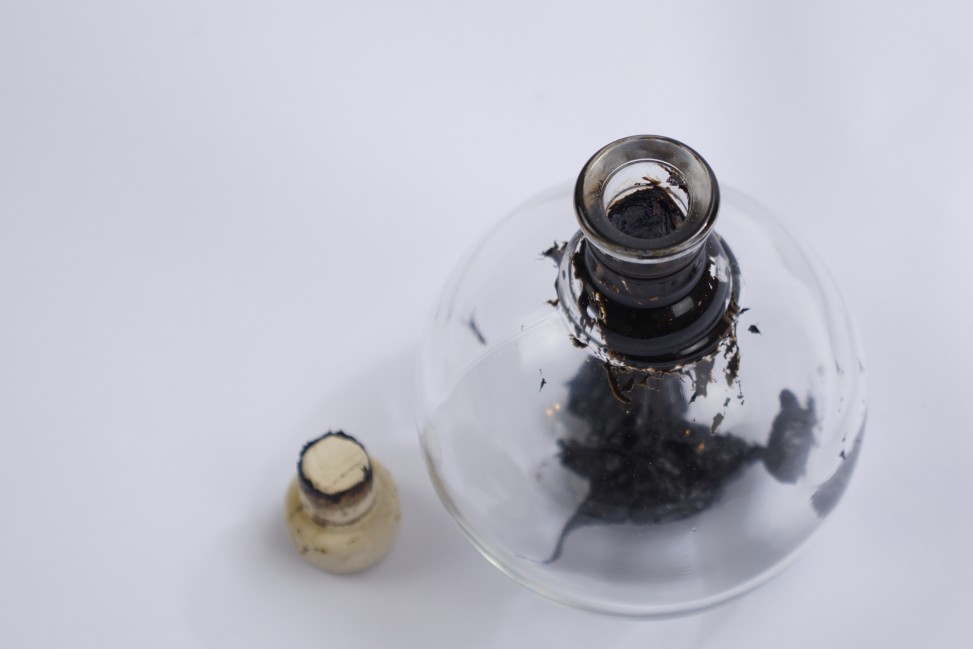Gulf Of Mexico
In 2010, BP was responsible for the biggest oil spill in US history.
Over the course of three months, nearly 5 million barrels of oil flowed into the Gulf of Mexico following an explosion on a rig.
This oil washed ashore on Grand Isle, Louisiana.
It represents BP’s profit over safety corporate culture which resulted in the death of 11 men – fathers, brothers, sons who are missed dearly every day.
It represents BP’s cover-up mentality and a woefully inadequate post-disaster response that was more public relations campaign than clean-up of beloved water, marshes and beaches.
It represents BP’s callous disregard for clean-up workers, coastal residents and fishermen who still suffer devastating health effects after being exposed to BP’s toxic oil and dispersants.
It represents the lost livelihoods of fishing families who were never properly compensated for their losses after BP’s oil decimated fishing grounds.
And it represents a vision for a Gulf Coast region powered by solar and wind energy and a phase out of fossil fuels.
“For the British Museum to continue its relationship with BP would not only condone BP’s destruction of the US Gulf Coast, but would condone BP’s continued abuses of our great Earth and her people. The Museum must stand with the US Gulf Coast and the world and say no to BP sponsorship and no to fossil fuels”
— Gulf Coast advocate Karen Savage, who submitted ‘Crude Oil’.
Further Reading
